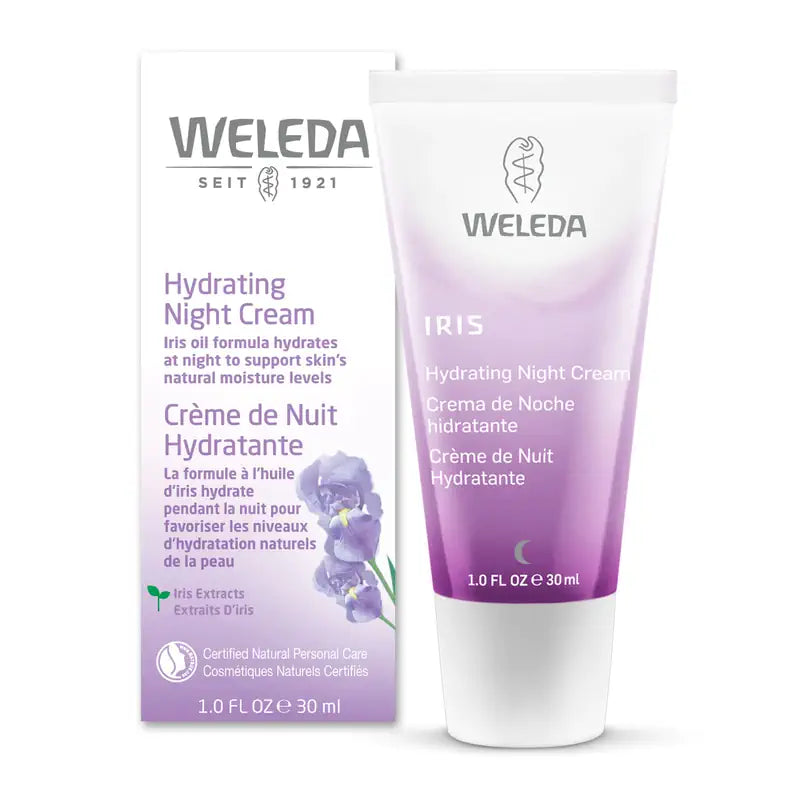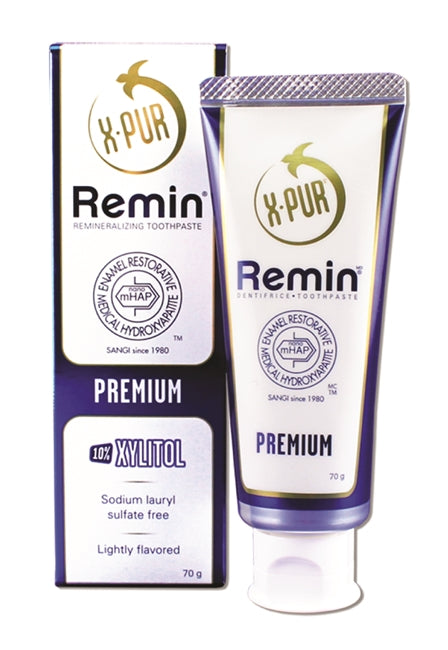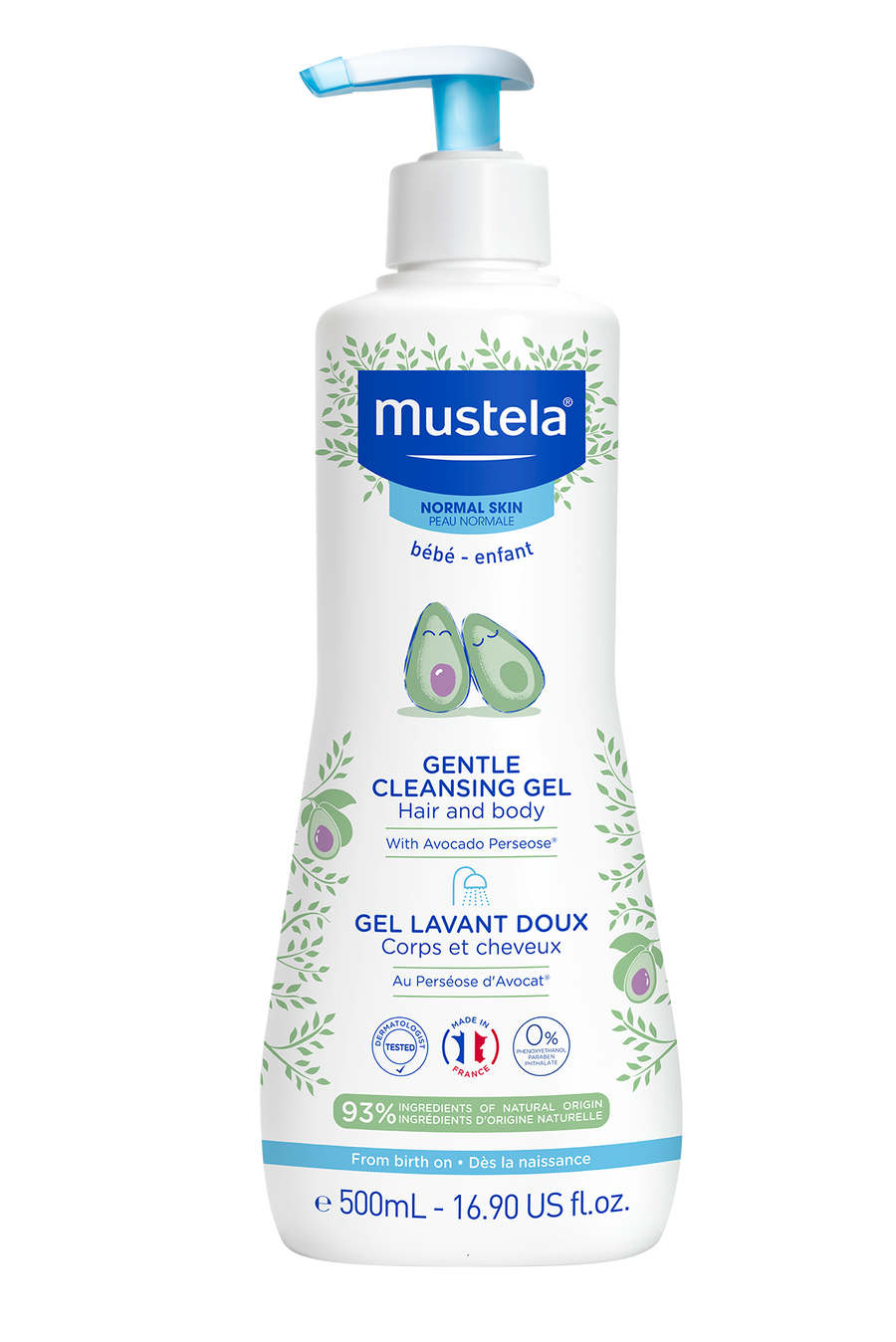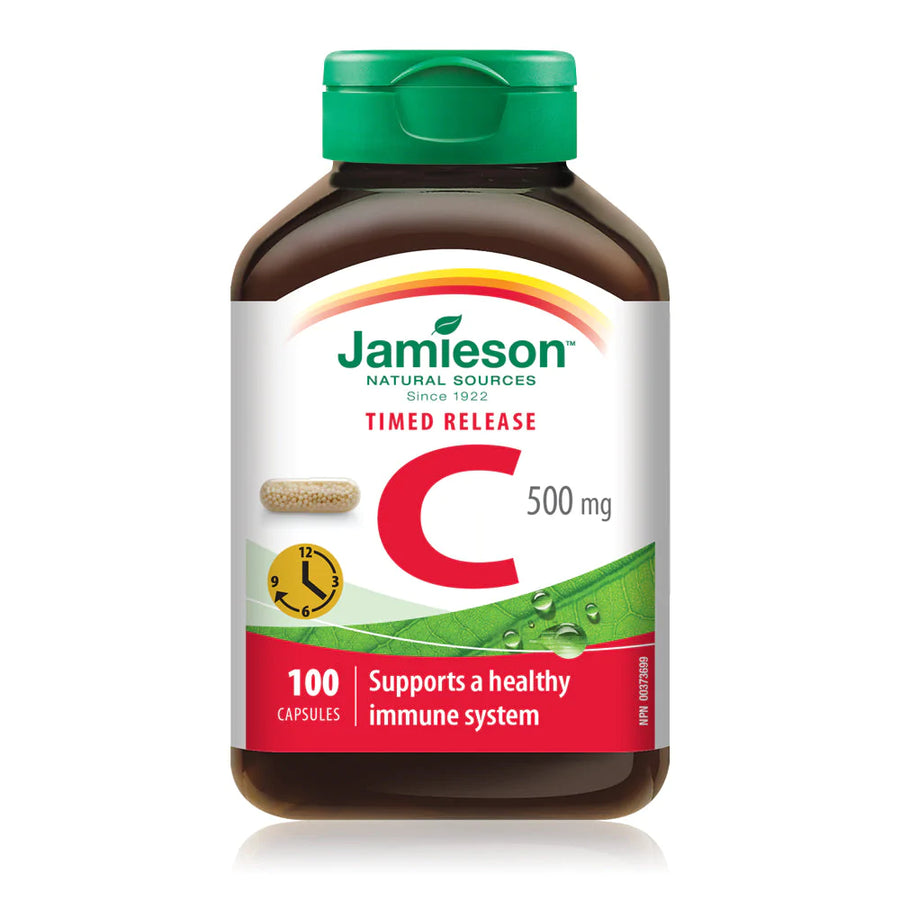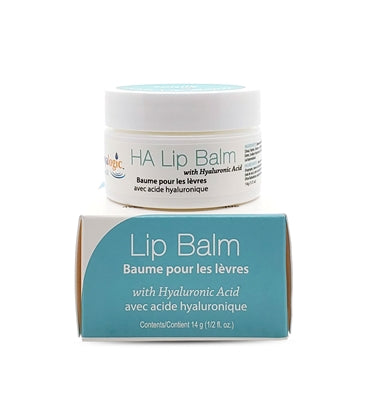12 Essential Travel Skin Care Rules to Keep Your Skin Looking Its Best on the Go
Traveling can be a wonderful experience, but it can also take a toll on your skin. When you're getting ready for a trip, you have a lot of things on your mind, like packing your clothes and gathering your belongings. Your skin is probably the last thing on your mind, but it doesn't have to be. A travel skin care routine doesn't need to be long or complicated. With a little planning, you can keep your skin looking its best even when you're on the go.
Here are 12 essential travel skin care rules to help you keep your skin looking its best on the go. These tips will help you protect your skin from the elements, prevent breakouts, and maintain your overall skin health.
- Plan ahead. Before you leave, do some research on the climate and weather conditions at your destination. This will help you pack the right skin care products for your needs.
- Simplify your skincare routine. When you're traveling, it's best to simplify your skincare routine to avoid carrying too many products and spending too much time on your skincare regimen. Stick to the basics: a gentle cleanser, moisturizer, sunscreen, and perhaps a multipurpose product like a tinted moisturizer or a lip balm with SPF.
- Pack travel-friendly sizes. To avoid carrying bulky bottles and jars, invest in travel-sized containers or purchase travel-friendly versions of your favorite skincare products. These smaller sizes will take up less space in your baggage and comply with airport liquid restrictions.
- Hydrate from the inside out. Staying hydrated is crucial for maintaining healthy skin, especially when traveling. Drink plenty of water throughout your trip to keep your skin hydrated. You can also try drinking herbal teas or adding lemon juice to your water. Avoid excessive caffeine and alcohol, as they can dehydrate your skin.
- Keep your skin cleansed: Traveling exposes your skin to various pollutants, sweat, and grime. Cleanse your skin thoroughly every evening to remove impurities and accumulated dirt. Opt for a gentle cleanser that won't strip away your skin's natural oils.
- Moisturize regularly. Airplane cabins, different climates, and environmental changes can all contribute to dry skin. Moisturize your skin twice a day, morning and night. Use a moisturizer that is appropriate for your skin type.
- Protect your skin from the sun. UV rays can be damaging to your skin, even on cloudy days or during winter. Wear sunscreen with an SPF of 30 or higher every day. Remember to reapply every two hours, especially if you're spending time outdoors.
- Use a facial mist or hydrating spray. Refreshing facial mists or hydrating sprays can be a lifesaver during travel. They help revitalize and moisturize your skin, especially when it feels tired or dehydrated. Spritz some on your face whenever you need a quick pick-me-up.
- Don't forget your lips and eyes. Lips and the delicate skin around your eyes are particularly susceptible to dryness and fine lines. Pack a moisturizing lip balm and a lightweight eye cream to keep these areas hydrated and protected.
- Avoid touching your face. This will help prevent the spread of bacteria and breakouts.
- Get enough sleep. Traveling can disrupt your sleep patterns, leading to tired-looking skin and dark circles. When you're well-rested, your skin looks its best. Aim for 7-8 hours of sleep each night.
- Eat a healthy diet. Eating a healthy diet will help keep your skin looking its best. Make sure to include plenty of fruits, vegetables, and whole grains in your diet.

Disclaimer: Content from the blog is not intended to be used for medical diagnosis or treatment. The material on this blog is general information provided for informational purposes only. For specific medical advice relating to you, be sure to consult with your healthcare practitioner and other healthcare professionals.


